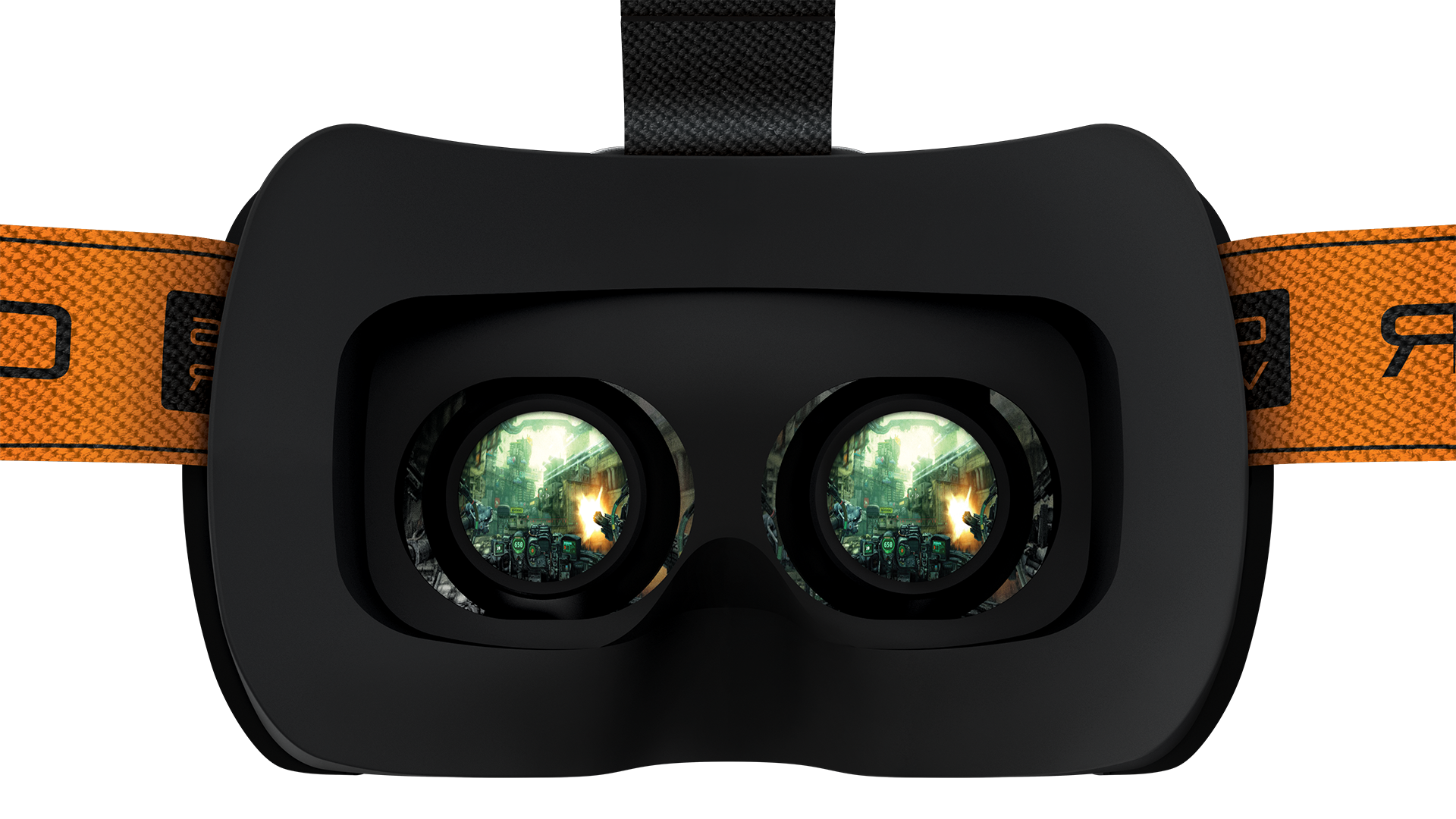Oculus Releases Recommended Specs For Rift, Pauses Development
Oculus Development Guide Getting Started Choose an Engine To develop for the Rift or Gear VR, you need to use a game engine (even non-gaming VR apps are made with game engines). While you can technically write your own game engine, the time and expertise needed to do so are immense, and thus the vast majority of VR apps & games are made using either. Both engines are free to use, however Unity requires a $125 per month subscription if you make above $200K per year revenue (you are very unlikely to ever hit this). The first step you’ll want to take to develop for VR is to choose between these 2 engines. Unity is easier to use for beginners and has more resources and support available, however Unreal Engine is considered more powerful- if you’re able to take advantage of its power.


Once you’ve decided, download and install your engine of choice. It is then highly recommended that you run through the engine’s non-VR basic tutorial to make a basic non-VR game with the engine, so that you become familiar with the UI and operation of the engine. Unity Integration While Unity has basic support for VR built in, to make Oculus development vastly easier and take advantage of all the hardware and software features, if you’re using Unity, you’ll want to both of the following plugins to your project:. These are plugins for your Unity Project, that should be added to each VR project, not extensions for the Unity application itself.
(Unreal Engine has this all built in) Native SDK If you are using a custom open source engine or writing an engine yourself, you’ll want to use the native Oculus SDK instead: Example Projects Basic VR Integration (Hello World) Unity NOTE: You must first import the Oculus Utilities and Platform SDK as shown above. Create or open your Project & Scene. Create a terrain or floor if there is not already one. Import both the Oculus Utilities and Oculus Platform SDK.unitypackage files (see above).
Edit – Project Settings – Player – Other Settings. tick ‘Virtual Reality Supported’. change ‘Stereo Rendering Method’ to ‘Single Pass’. Delete the ‘Main Camera’ object in the Scene Hierarchy. In the Project tab, open OVR – Prefabs and drag OVRCameraRig onto the Scene. Click on the OVRCameraRig in the Scene. In its properties, do:.
change the Position Y value to 0 (this is very important – no matter where you move the camera in your scene, you must keep the position Y value at 0). tick ‘Use Recommended MSAA Level’. tick ‘Enable Adaptive Resolution’.
change ‘Max Adaptive Resolution’ to 1.2. change ‘Tracking Origin Type’ to Floor Level.

Specs Needed To Run Oculus Rift
tick ‘Reset Tracker On Load’ That’s it! If you click the Run/Preview button and put the Rift on, you’ll be in your Unity scene in VR!
Our development for OS X and Linux has been paused in order to focus on delivering a high quality consumer-level VR experience at launch across hardware, software, and content on Windows. The company also announced spec requirements for the device ahead of an official public release.
The recommended specs, for Windows devices at least, include NVIDIA GTX 970 / AMD 290 equivalent or greater, Intel i5-4590 equivalent or greater, 8GB+ RAM, 2x USB 3.0 ports, and HDMI 1.3 video output supporting a 297MHz clock via a direct output architecture. There’s no word from the company on when it might resume Mac development with the blog post only confirming that it does indeed “want to get back to development for OS X and Linux,” but that it doesn’t have a specific timeline to do so.